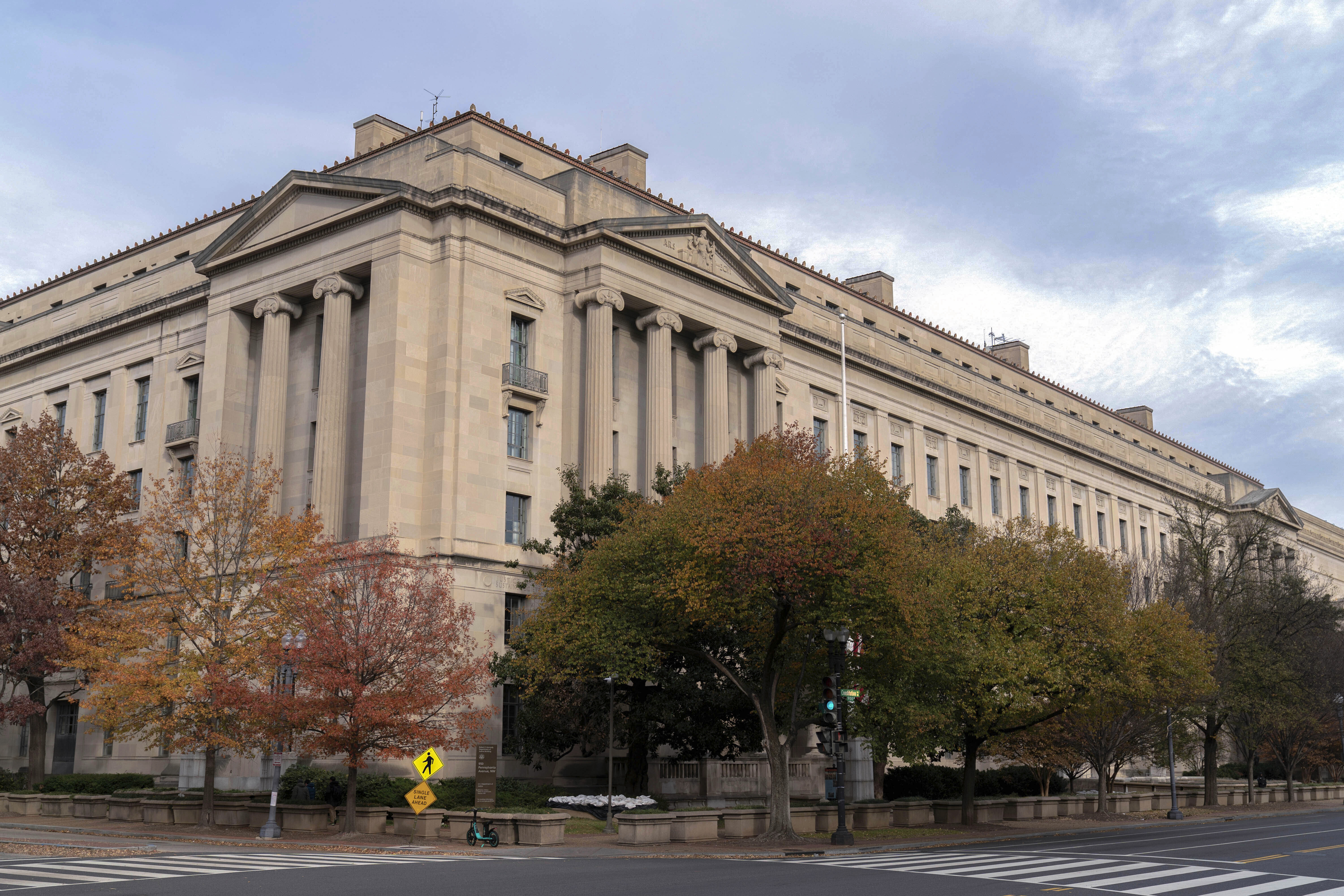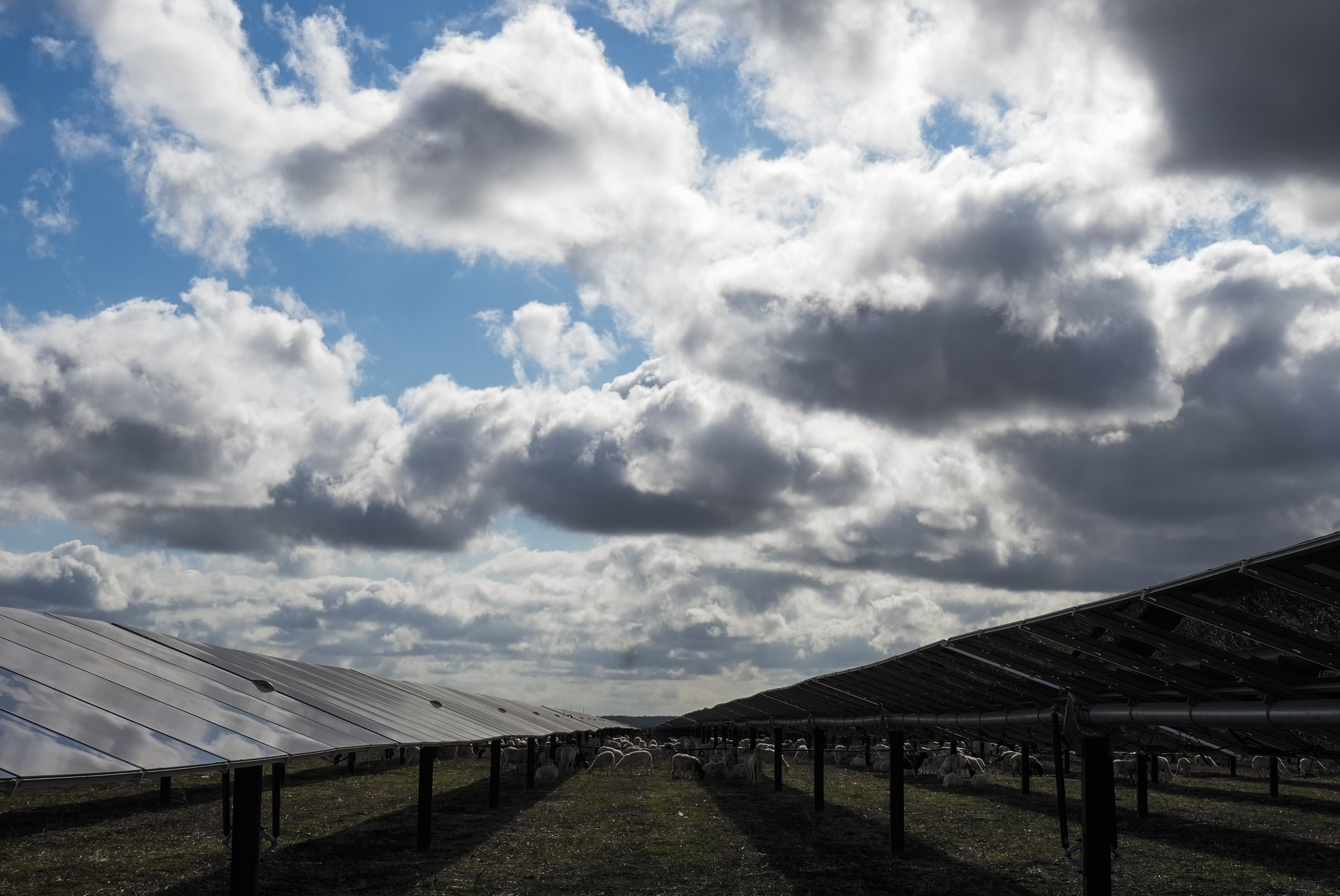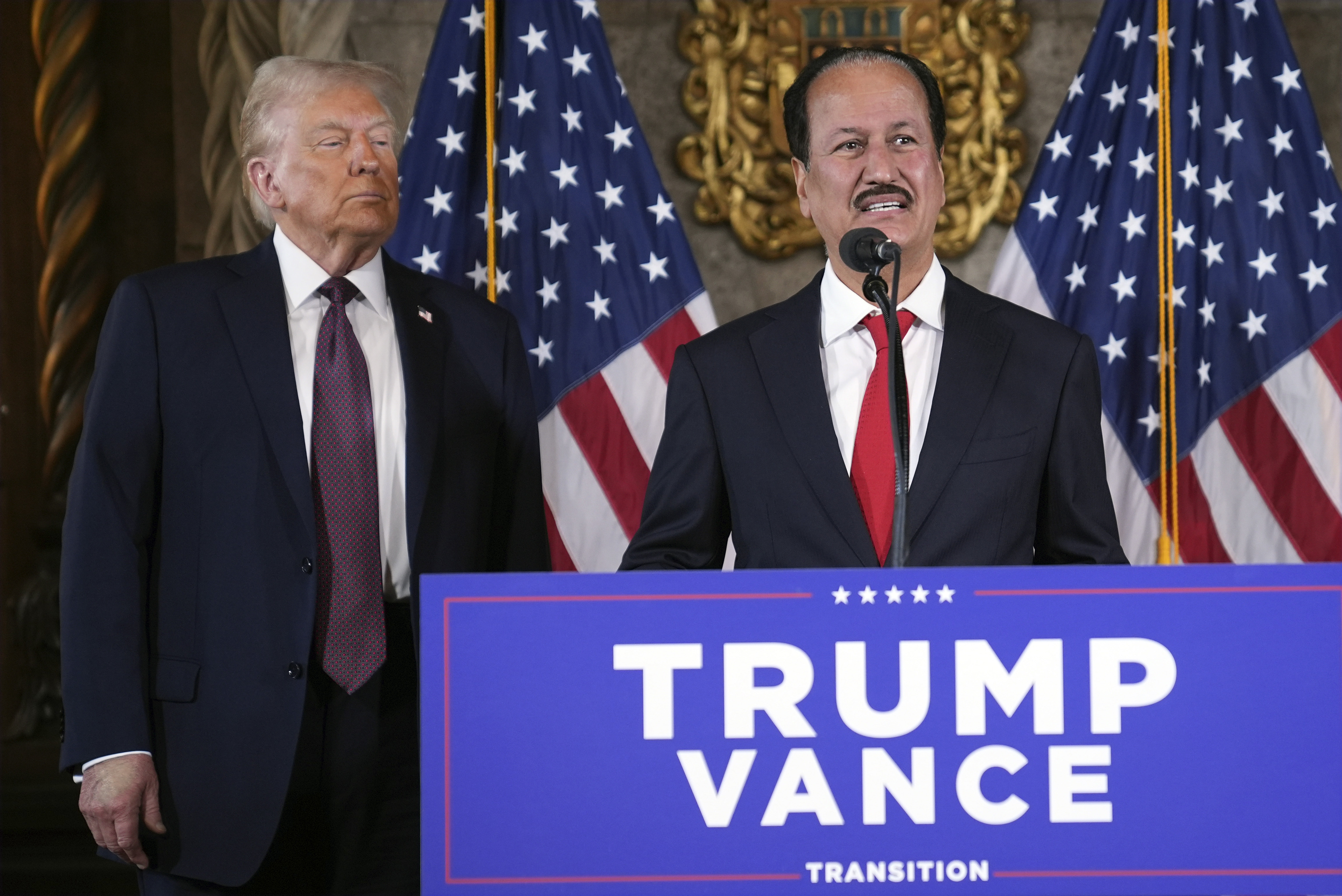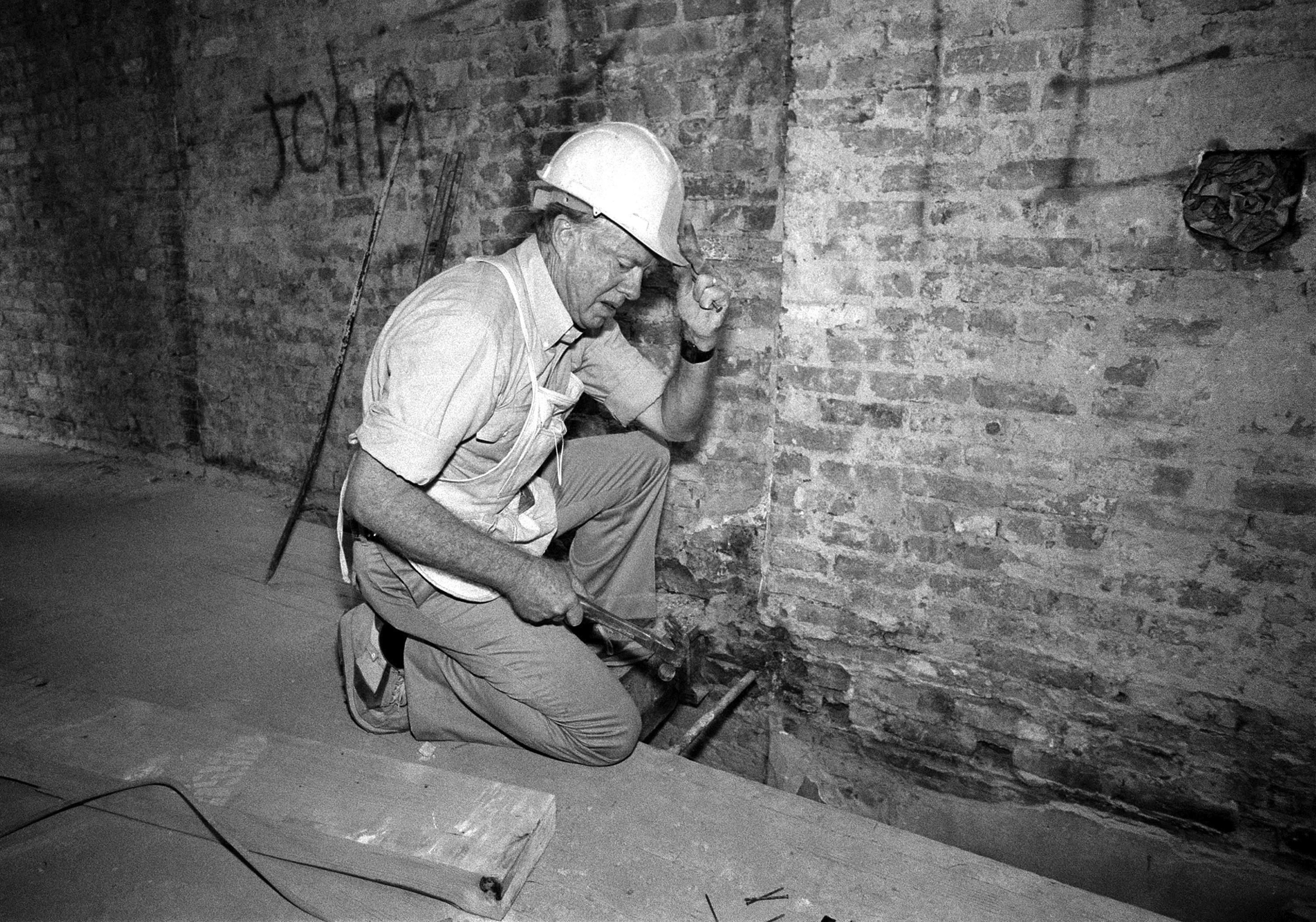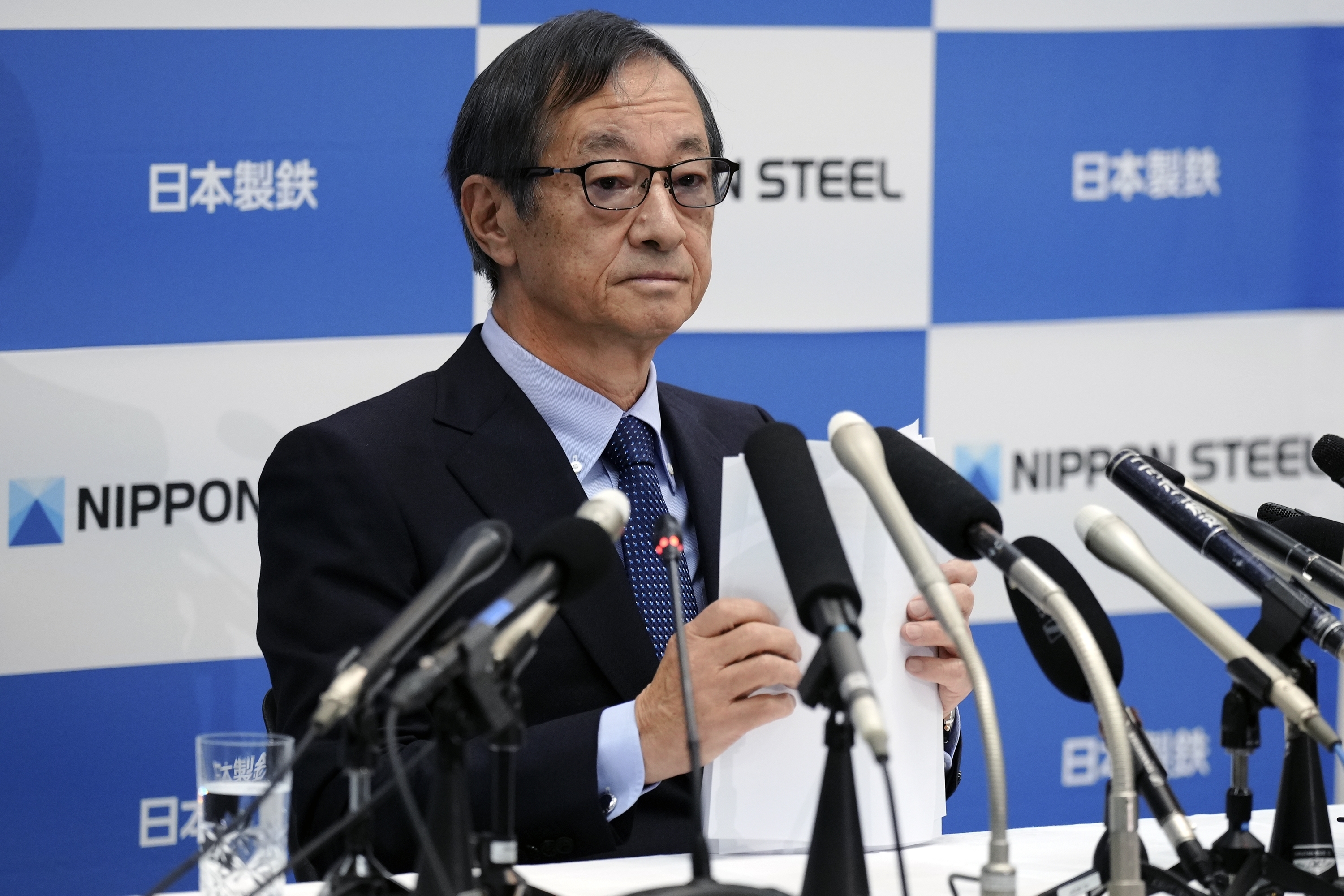EL PASO, Texas (Border Report) – More than 111,000 people have gone missing in Mexico since the war between drug cartels ramped up in 2007, a Mexico City think-tank reported this week.
Only a fraction of those sons, siblings, fathers and mothers have been found in the 5,600 clandestine graves identified since then. But the location of those graves shows the conflict has spilled from border states and big cities to smaller communities near ports, highways or drug fields, according to the investigative nonprofit Quinto Elemento Lab.
“In the past four and a half years an average of 1.8 clandestine graves have been found per day. The 2,864 graves found during the Lopez Obrador administration represent more than half” of those identified since 2007, the group said in its report released on Monday.
Prior to 2019, half of the bodies were pulled from graves in the border states of Tamaulipas and Chihuahua, the heroin poppy growing state of Guerrero, and Veracruz – Tamaulipas’s neighbor.
Since then, 7.3% of all clandestine graves in Mexico have been found in Tecoman, Colima, according to the group. That’s a town with 116,000 inhabitants halfway between a port in the Pacific Ocean where the Treasury Department says the Sinaloa cartel receives cocaine from Colombia and precursor chemicals for fentanyl from Asia, and highways leading to Jalisco – home to the Jalisco New Generation Cartel (CJNG).
The town of Ursulo Galvan, Veracruz, is in a similar situation. With a population of only 39,000, Mexican government officials and independent groups of relatives of the missing have found 79 clandestine graves there in just over four years, according to Quinto Elemento Lab.
This community near the Gulf of Mexico is near Federal Highway 180, which runs from the Caribbean resort of Cancun to the border city of Matamoros. This oil-rich region is being disputed by the Zetas Vieja Escuela gang and the Jalisco cartel, El Financiero reported in August.

Salvatierra, Guanajuato, with fewer than 95,000 inhabitants, lies 20 miles southwest of Celaya, where the Jalisco cartel and a local gang called Cartel Santa Rosa de Lima have fought a protracted war for the past four years. Quinto Elemento Lab reports that 65 clandestine graves have been found there.
Lead researcher Efrain Tzuc said he does not want the violence in Mexico to be viewed as something normal.
“Keeping count of tragedies is necessary criticism. Should we continue to quantify the horror? I think it is necessary, as is sharing the testimony of victims, exhibit the omissions of the State and try to explain what happened, why and who is responsible,” Tzuc said on social media after the report came out.
And while Quinto Elemento Lab says more clandestine graves than ever have been found during the Lopez Obrador administration, that doesn’t necessarily mean all the killings took place after he took office.
But the president says some people want to pin on him disappearances that took place before he took office. In one of his recent news conferences, he said his administration has dedicated more resources than ever to the search for missing persons.
“Now, it turns out that more people have disappeared now than in the time of (former President Felipe) Calderon?” President Andres Manuel Lopez Obrador said. “We need to inform people correctly, and check the list and visit homes, like we are doing because (before) someone was listed as missing, they turned up later, but they were still on the list.
“Now, we are looking, and we are finding many – and we are happy about that.”



